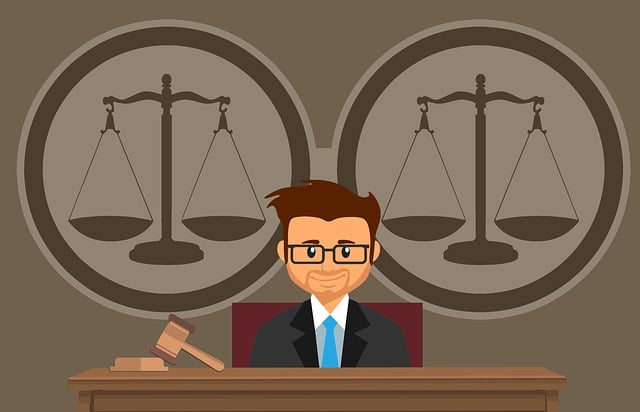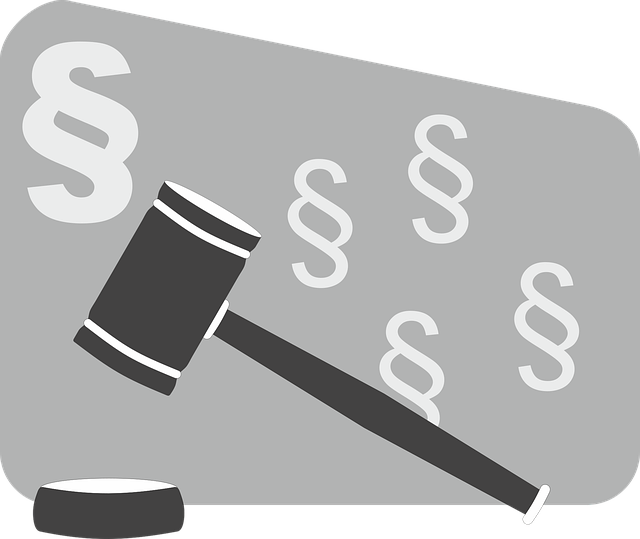Property ownership disputes arise from complex issues like boundary disagreements, adverse possession, easement conflicts, and property use restrictions. Specialized legal professionals resolve these through strategic approaches, balancing emotional intensity with just outcomes. Understanding one's Legal Rights in Property Ownership Conflicts is crucial for owners to navigate scenarios from boundary issues to landlord-tenant problems and condemnation cases. Early conflict resolution strategies, open communication, clear contract terms, and mediation can prevent costly litigation. Post-litigation management ensures restored rights through strategic actions like securing claims, complying with court orders, and fostering open communication to protect property interests.
“In the intricate landscape of property ownership, disputes can arise, potentially leading to costly litigation. This comprehensive guide delves into the multifaceted world of Litigation Risk Management, focusing on understanding and mitigating risks. From deciphering common issues in property ownership conflicts to navigating legal rights and responsibilities, we provide an insider’s perspective. Learn early conflict resolution strategies to avert litigation, and discover key steps for a successful navigation process. Finally, explore post-litigation management techniques to restore and strengthen your property ownership rights.”
- Understanding Property Ownership Disputes: An Overview of Common Issues
- Legal Rights and Responsibilities: A Comprehensive Guide for Owners
- Early Conflict Resolution Strategies: Preventing Litigation Before it Starts
- Navigating the Litigation Process: Key Steps to Protect Your Interests
- Post-Litigation Management: Restoring and Strengthening Property Ownership Rights
Understanding Property Ownership Disputes: An Overview of Common Issues

Property ownership disputes can arise from a variety of complex issues, often involving intricate legal rights and responsibilities. Common problems include boundary disagreements, adverse possession claims, easement conflicts, and violations of property use restrictions. These cases frequently require a deep understanding of local laws, historical records, and specific contractual arrangements.
Litigants may find themselves locked in protracted battles, especially when emotional stakes are high. An unprecedented track record of success across the country has been achieved by legal professionals who specialize in these matters, providing their clients with effective strategies to resolve such conflicts. By navigating these intricate issues, experienced attorneys help ensure a just outcome, protecting the legal rights of all involved parties.
Legal Rights and Responsibilities: A Comprehensive Guide for Owners

Understanding one’s legal rights and responsibilities is paramount for property owners, as it equips them with the knowledge to navigate potential conflicts effectively. When disputes arise regarding property ownership or issues like boundary disagreements, landlords-tenant relations, or condemnation cases, being aware of one’s entitlements can significantly impact outcomes. This comprehensive guide aims to empower property owners by shedding light on their legal rights in various scenarios, enabling them to protect their interests and make informed decisions.
Knowing the boundaries of legal rights is crucial, especially in high-stakes cases where a general criminal defense strategy might not be applicable. Property owners should be adept at recognizing when a dispute escalates beyond mediation or negotiation, warranting professional legal assistance. Understanding potential remedies, such as the complete dismissal of all charges in certain circumstances, can be transformative for resolving conflicts amicably and averting costly litigation.
Early Conflict Resolution Strategies: Preventing Litigation Before it Starts

Early Conflict Resolution strategies are essential tools in litigation risk management, aiming to prevent disputes from escalating into costly jury trials. By addressing property ownership conflicts at their inception, parties can avoid the time-consuming and expensive process of navigating legal systems. This proactive approach not only minimizes financial losses but also preserves relationships, which is crucial for future collaborations.
Implementing these strategies involves open communication, clear contract terms regarding legal rights in property ownership, and mediation sessions to facilitate mutual understanding. An unprecedented track record shows that early intervention can successfully resolve a wide range of disputes, from boundary conflicts to co-ownership disagreements, without the need for general criminal defense measures typically associated with more severe cases.
Navigating the Litigation Process: Key Steps to Protect Your Interests

Navigating the litigation process requires strategic steps to safeguard your interests and protect your legal rights in property ownership conflicts. It’s crucial to assemble a robust legal team, one that understands the intricate details of real estate law and has a proven track record defending clients’ positions. Early engagement with experienced attorneys allows for proactive measures to be taken, potentially averting costly legal battles or mitigating their impact.
Key steps include thoroughly reviewing all contracts and agreements, preserving relevant documents, and promptly responding to legal notices. A comprehensive understanding of your rights and obligations is essential. Throughout the process, maintain open communication with your legal counsel, ensuring they have all necessary information to build a robust defense. This proactive approach can lead to either a complete dismissal of all charges or significantly favorable outcomes for your case within the philanthropic and political communities.
Post-Litigation Management: Restoring and Strengthening Property Ownership Rights

Post-litigation management plays a pivotal role in restoring and strengthening property ownership rights, especially after high-stakes cases. Once the legal battle is concluded, it’s crucial to navigate the aftermath effectively. This involves securing any outstanding claims, ensuring compliance with court orders, and taking proactive measures to prevent future disputes. By thoroughly reviewing the case and identifying potential vulnerabilities, stakeholders can implement robust strategies to safeguard property interests moving forward.
A key aspect of this process is achieving extraordinary results—not just in winning the case but in fortifying defenses against potential future challenges. This includes refining legal strategies, enhancing internal controls, and fostering open communication among all parties involved. Avoiding indictment or further legal complications necessitates a comprehensive post-litigation approach that addresses not only immediate concerns but also long-term sustainability and protection of property ownership rights.
Effective litigation risk management is key to preserving and protecting legal rights in property ownership conflicts. By understanding common issues, knowing one’s responsibilities, and adopting proactive strategies for conflict resolution, property owners can significantly reduce the likelihood of costly litigation. Should disputes arise, a well-navigated litigation process, coupled with robust post-litigation management, ensures that rights are not only defended but also strengthened, fostering a more secure environment for future transactions.






